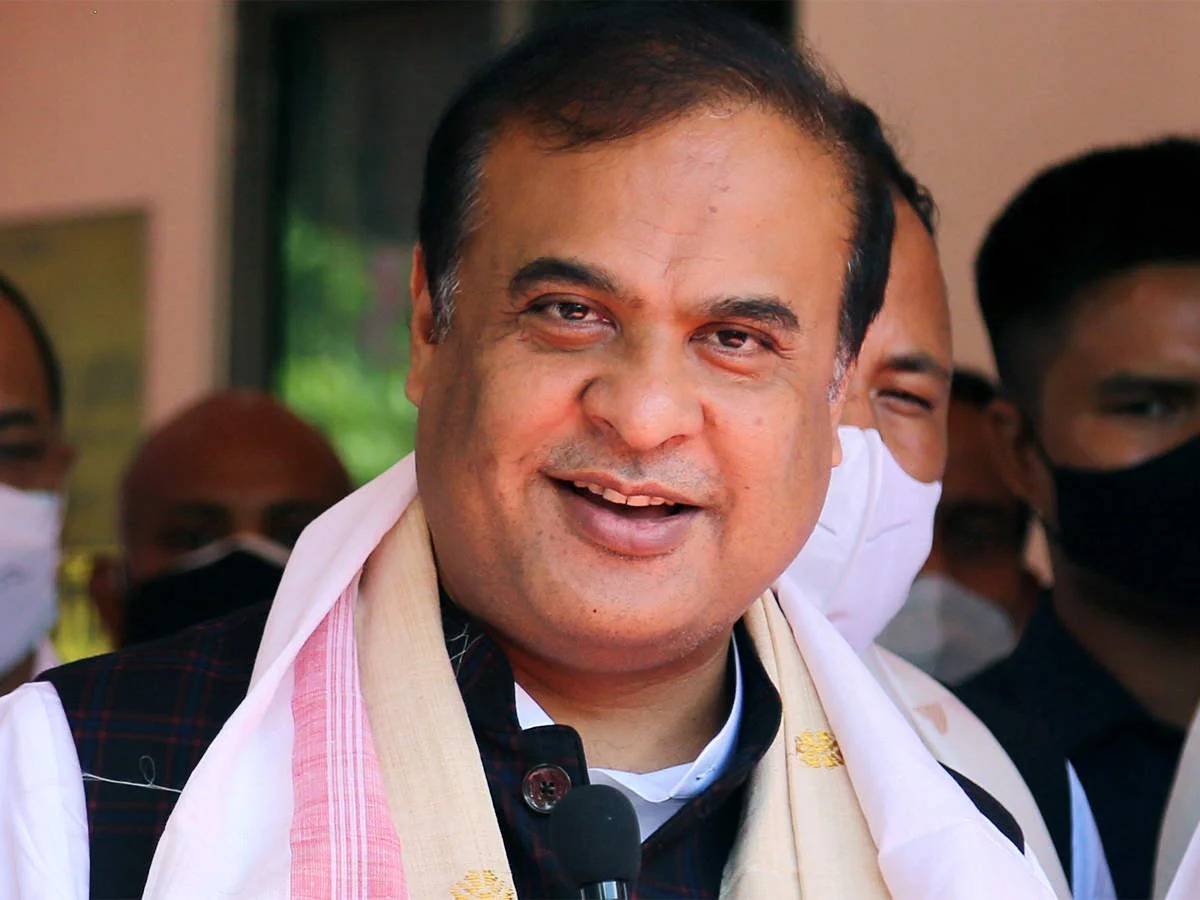
According to Assam Chief Minister Himanta Biswa Sarma, the state produces nearly 3.1 lakh metric tonnes of spices each year. The state is a major producer of spices such as ginger, turmeric, coriander, mustard, chilli, and garlic. Sarma believes that in today's world, where everyone is looking for healthy foods that meet international food safety and quality standards and are free of chemical residues and other contaminants, North Eastern NSE -0.20 percent India can emerge as the world's leading supplier of organic foods.
He made this observation while speaking at the Spices Board of India's International Buyer Seller Meet and Spices Conclave for the North Eastern Region in Guwahati. Leading foreign buyers, major exporters, farmers, and traders from the North East attended the conclave.
The event was planned in accordance with Prime Minister Narendra Modi's vision of promoting India's rich heritage of traditional spices, herbs, and medicinal plants around the world, as well as facilitating the growth and development of Spices, Condiments, and similar products from the region.
Sarma stated that India has long been known for its homegrown spices, and that spices and herbs in the country serve functions other than cooking, and that they are frequently used for their curative and therapeutic properties. He stated that India produces approximately 75 of the 109 spice varieties listed by the International Organization for Standardization. The country has now emerged as the world's largest producer, consumer, and exporter of spices, and overall production of various types of spices has increased rapidly in recent years, he noted.
Sarma stated that the North Eastern Region has gained special attention on the global map due to the quality of organic spices, and that among the many unique products and features for which the region is famous, spices are of special recognition and have global demand.
According to the Chief Minister, Assam produces nearly 3.1 lakh metric tonnes of spices each year. The state is a major producer of spices such as ginger, turmeric, coriander, mustard, chilli, garlic, and so on.
He also stated that because the state is the gateway to North East India, with better connectivity and rapidly developing infrastructure, it has the potential to be a major hub for post-harvest processing and value addition of spices from the region, as well as one of the major exporting hubs.
Sarma stated that steps have been taken to maximize the potential of the spices sector by converting the 'by-default organic' tag of spices produced in the region to 'certified organic' or 'organic by design.' He stated that several districts in Assam have identified spices as their focus crop under the ODOP scheme, including Turmeric from Bongaigaon, Mustard seeds and Mustard products from Darrang, Dhemaji, Dibrugarh, and Majuli, Ginger from Karbi Anglong, West Karbi-Anglong, and Dima Hasao, and Chilli from Dhubri and Jorhat.
The Chief Minister praised the Spices Board for its initiative to establish a Quality Evaluation Laboratory for Spices in Guwahati, saying that the laboratory will be of enormous help and benefit to the North Eastern Region because it will provide state-of-the-art testing facilities for spices that meet international standards in the region itself.
"International Buyer Seller Meet and Spices Conclave" is planned, according to D. Sathiyan IFS, Secretary, Spices Board, to promote the indigenous spices of the eight North Eastern states, particularly the GI tagged varieties of Sikkim Large Cardamom, Assam Karbi Anglong Ginger, Naga Mircha, Bird's Eye Chilli (Mizo Chilli), Hathei Chilly, and Dalle Khursani. "The programme aims to create direct trade links for the region's indigenous, high-quality spices with both national and international buyers," he added.
















